Pure white like stalactites, golden like fresh butter, or jet black like diamonds… these “fairy-tale” mushrooms are not only beautiful to look at but also incredibly delicious and nutritious.
Bear’s Tooth Mushroom
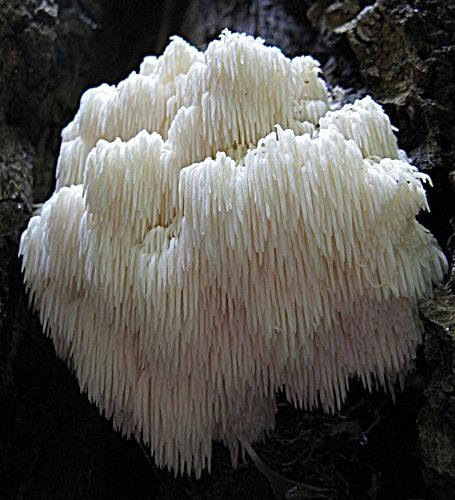
At first glance, one might think they are stalactites in a limestone cave, but they are actually… mushrooms. A single mushroom consists of several branches clustered together, all growing from a wooden stem, with each branch measuring 10-30 cm long, drooping down in white. They may look intimidating, but they are a food source with an enticing aroma when cooked. Moreover, they help fight cancer, stimulate nerve growth, and aid in worm elimination.
Witches’ Butter
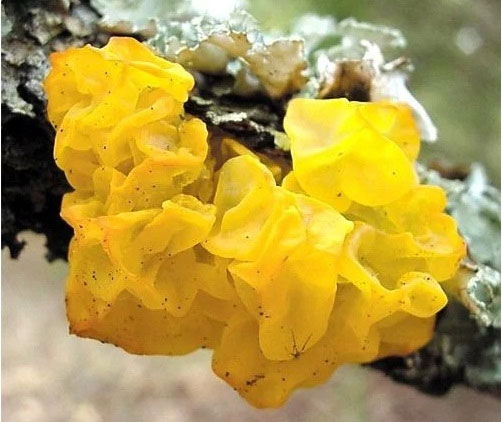
This is a popular jelly fungus in the Auriculariaceae family. If you happen to eat it, you will find that it has no flavor. “Witches’ Butter” is currently being studied for the unique biological processes it undergoes. Some believe that they will prove the health benefits of Witches’ Butter. It grows on trees that are near collapse and dead or parasitizes other types of mushrooms (which is a suitable habitat).
Black Truffle
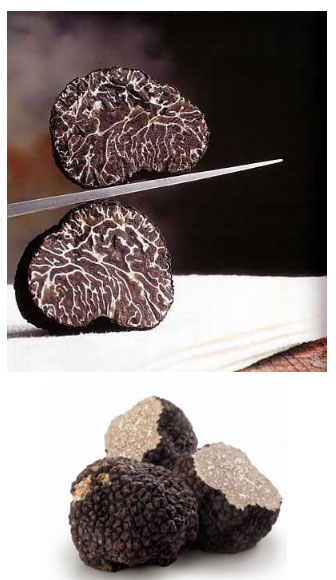
Revered as the “king of mushrooms” or “black diamond”, truffles have always been favored and sought after by the nobility for their nutritional quality and unique flavor. Truffles grow and live underground like a potato. They can be somewhat challenging to find, but with the help of a dog, you can locate them in the woods.
Caesar Mushroom
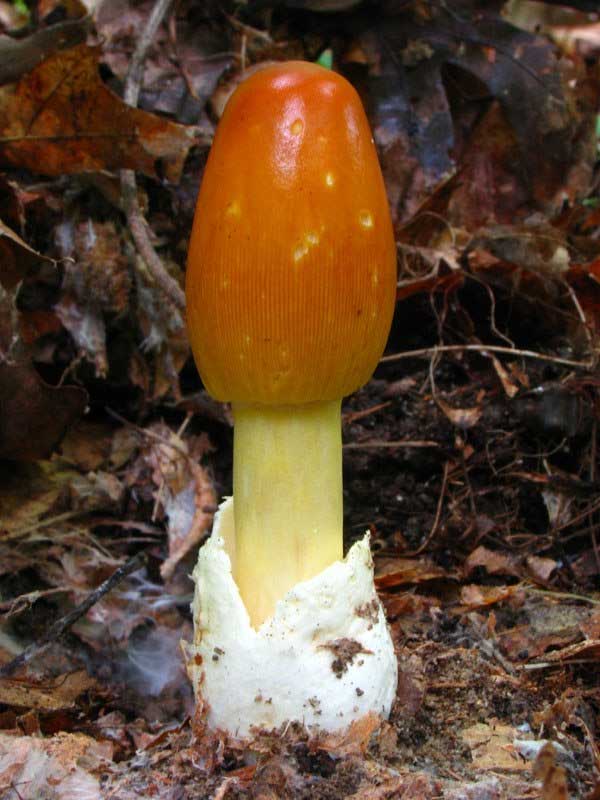
This delicious edible mushroom is named after the ancient Roman Emperor Caesar. It was highly favored by Emperor Caesar of the Roman Empire, prompting mycologist Scopoli to name this mushroom after him. This species is extremely rare worldwide. The mushroom has a fragrant, delicious, and crunchy taste. Amanita caesarea, commonly known in English as Caesar Mushroom, is a highly regarded edible fungus in the Amanita genus, originating from southern Europe and North Africa. This mushroom was first described by Giovanni Antonio Scopoli in 1772.
This mushroom was a favorite among the early rulers of the Roman Empire. When young, the entire fruiting body is enveloped in a universal veil, which splits open as it matures. The stem lifts the cap up. The cap is initially egg-shaped, then becomes hemispherical, and finally flattens out to a diameter of 6-20 cm.
The majority of the caps range from red to orange-red and are smooth. The edges of the cap have small notches. On the cap, there may still be remnants of the universal veil in the form of white scales. The gills and ring of the mushroom are pale yellow. The free gills are light lemon yellow. The stem is cylindrical, 8-13 cm long, tapering slightly at the top and slightly bulging at the bottom, initially solid, becoming hollow with age, with a ring and a long, membranous, white base.
The Caesar mushroom is rich in nutrients and can be prepared in various delicious and nutritious dishes such as porridge, stir-fried with loofah, or in hot pot…
When harvested, the mushrooms must be thoroughly cleaned of dirt and soaked in salt water, then blanched in boiling water before cooking.
Morel Mushroom
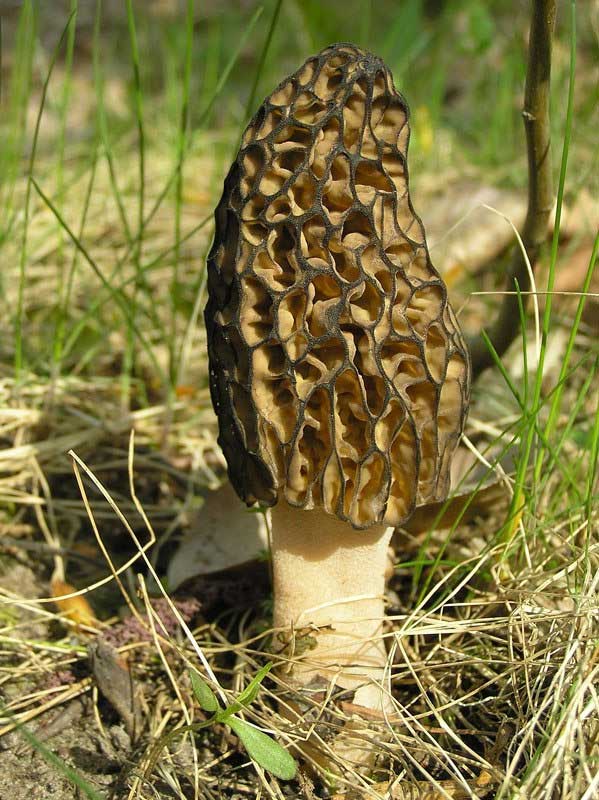
This special mushroom has a honeycomb shape due to the network of veins with holes forming its cap. The Black Morel (Morchella conica) is highly valued by gourmet chefs, especially in French cuisine.
Due to the difficulties in cultivation, the commercial harvesting of this mushroom has become a multi-million dollar industry in the temperate northern hemisphere, particularly in North America, Turkey, China, India, and Pakistan, where these highly valued mushrooms are plentiful. Beyond their commercial value, this mushroom is also sought after by thousands of people each year purely for enjoyment and hobby.




















































